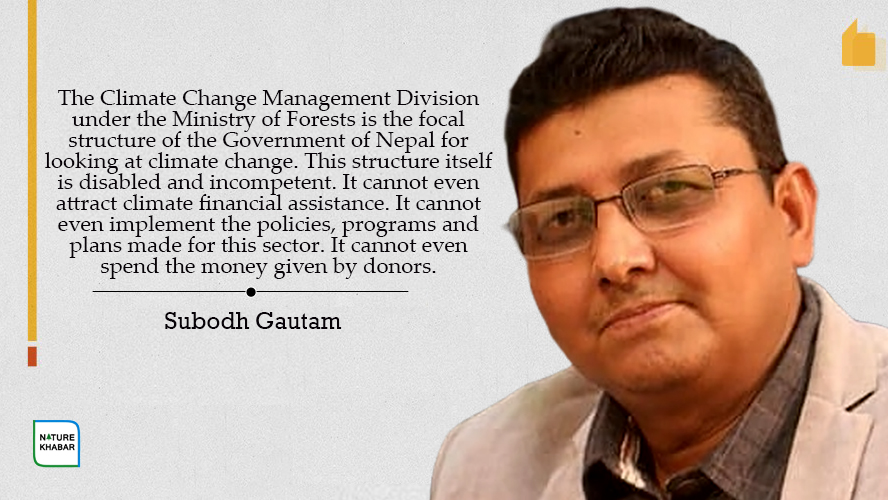Stepping towards Sustainable Energy

 Global warming has been a burning issue around the world. According to NASA, global surface temperature in 2016 was 1° C warmer than 20th century, making it the hottest year of the records. IPCC reports states that temperature rise since 1950s has clearly been resulted from human activities. Excessive burning of fossil fuel has disrupted climate regulation adversely.While every country is heading towards economic prosperity, energy demand and fossil fuel combustion is escalating - collectively degrading the environment. Thus, theonly alternativeto curbthe situation is byGreen Energy solutions i.e. use of renewable energy technologies such as solar, wind, biomass and hydroelectricity.
Global warming has been a burning issue around the world. According to NASA, global surface temperature in 2016 was 1° C warmer than 20th century, making it the hottest year of the records. IPCC reports states that temperature rise since 1950s has clearly been resulted from human activities. Excessive burning of fossil fuel has disrupted climate regulation adversely.While every country is heading towards economic prosperity, energy demand and fossil fuel combustion is escalating - collectively degrading the environment. Thus, theonly alternativeto curbthe situation is byGreen Energy solutions i.e. use of renewable energy technologies such as solar, wind, biomass and hydroelectricity.
Nepal is blessed with wide range of renewable energy sources. Rivers originated from snowy mountains along with those originated from mid hill region and Siwalik region have bountiful potential of producing hydroelectricity- 83,000 MW as said by Hari Man Singh 50 years ago. However, the topographical and economic features restrict the production capacity upto 40000 MW. If surplus energy from hydropower could be produced in near future, it will not only be sufficient for the country but can also be traded with neighboring economic giants; India and China. The increasing global pressure to switch into green energy therefore provides ample opportunity for Nepal to pave its way into international market.
Energy Scenario of Nepal
The geographically diverse terrain has been both asset and liability for the development of energy sector in the country. Most part of the country denotes rural setting and has scattered settlement making communities deprived of access to modern energy.Rural people still possess traditional lifestyle where fuel wood is major source of cooking. According to Economic Survey 2016/17, the share of traditional fuel sources i.e. firewood, agriculture residue and cow dung, consumption is 74.5% in first 8 month of fiscal year 2016/17, which is three fourth of total energy consumption. Alongside, demand for petroleum products has been in rise, making Nepalese economy more dependent. The daily average import of petrol alone has been in rise reaching 1008.1 KL this year till date.
Furthermore, the country’s hydroelectric potential is still questionable as the production is just 961.2 MW - while the energy demand in fiscal year 2016/17 reached 1444.06 MW, suffering from energy deficit by 482.9 MW. Thus, as an alternative solution, solar and wind energy can be a milestone in renewable energy after hydroelectricity in remote areas.
According to Solar and Wind Energy Resource Assessment in Nepal conducted in 2008, considering 10% of area with more than 300 Watt/m2 WPD (Wind Power Density), 3000 MW of electricity could be generated from wind energy. Likewise, from the concentrating solar power, if 2% of the area taken as suitable for the power generation there is possibility of about 1830 MW. In addition, there is also a possibility to generate about 2100 MW from grid connected PV if power generation per square kilometer is considered to be 50 MW with 2% of the land area as suitable for power generation. However, this is yet to be achieved.
Furthermore, being agriculture based country; traditional cooking style can gradually be replaced by biogas plant installation- heading towards clean cooking solutions. Government is already providing subsidy for plant installation. Until first eight month of 2016/17, 957 KW electricity has been generated from micro hydroelectricity projects, 9291 solar home system has been installed, 15707 biogas plants has been installed. Till date 26 MW electricity has been generated from micro hydro. Nepal also adhere great potential for Pico hydropower as because of its rural setting.
Climate Change Impact and Energy Sector Development
It is distressing that despite this tremendous capacity, the country is not capable of generating surplus energy. Besides, rising global temperature is causing greater hindrances on energy sector development.Although the share in carbon emission is negligible,Nepal is ranked as fourth vulnerable countries to climate change impacts. Most of the hydropower projects in Nepal are based on run-of-the-river type and due to changing climate most of it is drying up. Even the glacier is melting at high rate and effects of alteration in water cycle and rainfall patterns on rivers has put a big question mark on the sustainability of electricity generation.
Realizing the need of RE development for economic development as well as for combating climate change impacts, Nepal have been signatory for Sustainable Energy for All (SEforALL) in 2011 which holds targets to achieve accessible and efficient energy and promoting renewable energy by 2030. In line to this, Sustainable Development Goal has included the targets of SEforALL in its goal number 7. Thus investments are centered on renewable/ alternative energy so as to achieve SDG that aims at increasing the share of renewable energy in global energy mix substantially and doubling the global energy efficiency rate by 2030.
Most significantly, Nepal complies with Paris Agreement on Climate Change which came into force since November 4, 2016.System for allocating and spending budget in line with climate code has been initiated and RE promotion has been given high priority in order to meet energy crisis in Nepal.Even the blockade that took place in 2015 has set out clear picture on urgent need in development of hydropower. As compared to the past fiscal year 2015/16, there is increase in use of renewable energy by 0.8% this year and about 16% of the total population has access to electricity through renewable sources.
(Pandey, is an environment graduate and a student of economics. Now, she is working as Program Assistant in UNDP Nepal in its Sustainable Energy for ALL ((SEforALL) project.)

 Monica Pandey
Monica Pandey




Feedback